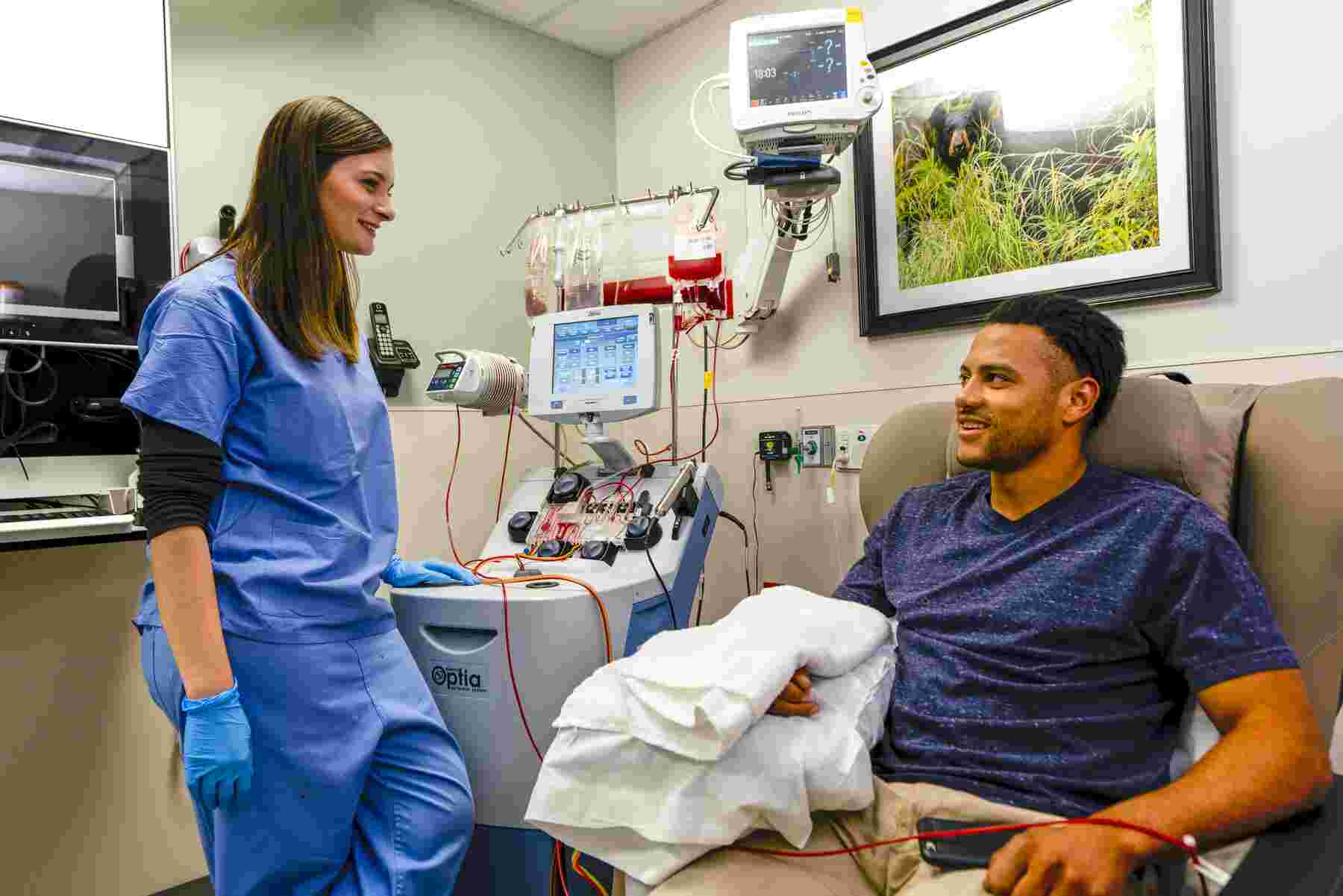The AHSN Network is making great strides in delivering the objectives set out in the NHS Patient Safety Strategy. It has released a midpoint update to its patient safety plan, which shows the positive impact being made across focus areas including maternity and neonatal care, mental health, and care homes.
The Patient safety in partnership. Our plan for a safer future 2019-2025 – Progress report describes:
- Partnerships in the safety domain where the AHSN Network is working to influence and offer expertise.
- How the AHSN Network’s patient safety strategy supports the NHS Patient Safety Strategy.
- The AHSN Network’s increased focus on health and patient safety inequalities.
Patient safety is a cross-cutting theme of the AHSN Network strategy. Acting as a guiding principle for all 15 AHSNs, the dedicated patient safety plan sets out how AHSNs and Patient Safety Collaboratives (PSCs) contribute to delivering the National Patient Safety Improvement Programme and highlights AHSNs’ focus on accelerating innovation.
In the report are examples of patient safety initiatives such as:
- Offering magnesium sulphate to mothers to reduce the risk of cerebral palsy in pre-term births.
- Adopting deterioration management technology in care homes and providing training to help carers to spot ‘soft signs’ and communicate concerns.
- Incorporating strategies to reduce restrictive practice with in-patients of mental health and learning disability services.
Natasha Swinscoe, Chief Officer at West of England AHSN and national patient safety lead for the AHSN Network, said:
‘Patient safety work is never finished. There is always more we can do, and developing this culture of improvement remains at the heart of the NHS strategy and our patient safety plan.
‘We believe AHSNs are best-placed to help embed patient safety in all we do across our inter-connected landscape, and improve the safety of healthcare services for everyone.
Download the full update: Patient safety in partnership: Our plan for a safer future 2019-2025 – Progress report .

“Health equity is the attainment of the highest level of health for ALL people. Achieving health equity requires valuing everyone equally with focused and ongoing societal efforts to address avoidable inequalities, historical and contemporary injustices, and social determinants of health — and to eliminate disparities in health and health care.” (health.gov) Within the NHS there [...]

Sickle cell disease (SCD) is a serious and lifelong health condition. People with SCD produce unusually shaped red blood cells that can cause problems because they do not live as long as healthy blood cells and can block blood vessels. This can result in suffers experiencing painful episodes, called sickle cell crises, as well as anaemia, [...]

At the Royal Society of Medicine’s Tackling Inequalities conference it was clear from the passion in the room that great progress has been made across the system to better support some of our most under-served communities. To maintain this momentum, we must not just embed tackling health and healthcare inequalities in all that we do, [...]






